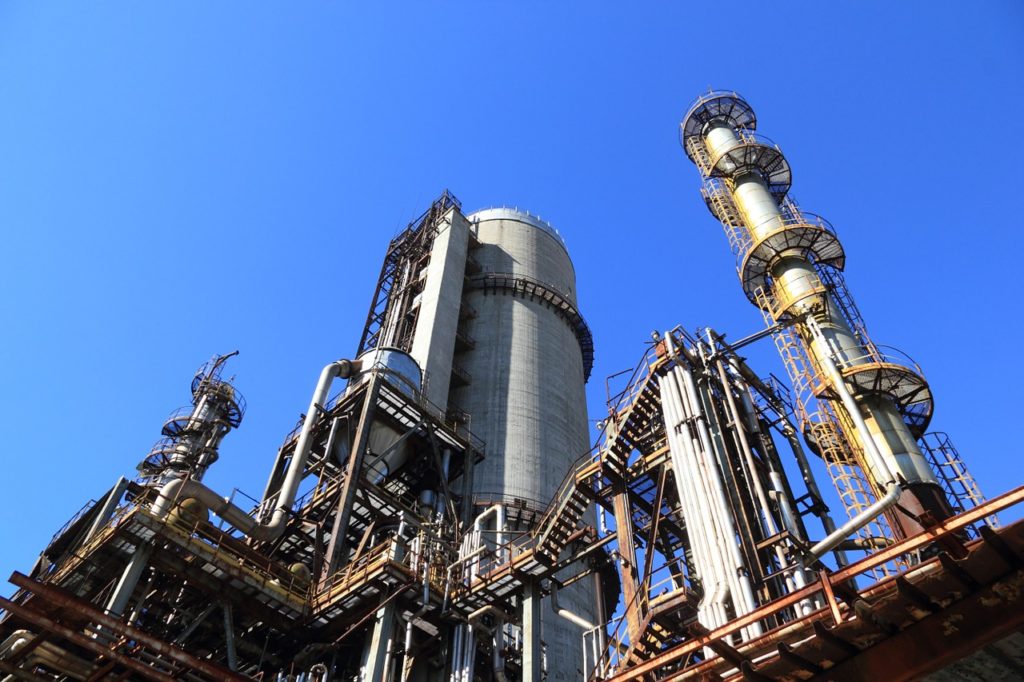The Canadian government has a unique approach towards the growth of the chemical industry. The country works towards innovationwhile maintaining an ecological balance. The chemical industry is a diverse group of production companies operating across all regions of Canada. The various companies in the chemical industry have one of two features. The first group uses different chemical reactions to manufacture a product from substances. The other group of chemical companies blends a variety of raw materials to manufacture a functional product for specific end-use applications. The chemical industry in Canada can be divided into four sub-categories, according to the North American Industry Classification System (NAICS). These sub-industries include fertilizers, pesticides, pharmaceuticals and medicines, synthetic resins and fibers, as well as basic chemicals. Paints, adhesives, sealants, soaps, and toilet preparations are other sub-categories of the chemical sector.
In 2017, the chemical industry in Canada generated a total sale of more than USD 40 billion. The chemical sector was the second-largest exporter among all manufacturing industries. Canada imported more than it exported in the year 2017. The exports accounted for USD 27 billion, while the imports were worth USD 43.12 billion. The United States is a dominant source of these imports to the country.
Canada exports a majority of its produce to the United States. In 2017, nearly 77% of the chemicals were exported to the US. Canada imported 61% of chemicals from the US during the same year. Other prominent export markets for Canada were China with 4% exports, Mexico and Belgium with 2% exports each. Canada also imported 6% from Germany, 3% from China, and 4% of the chemical products from Switzerland. The chemical sector in Canada generated direct employment for 87,300 people in the year 2017. This value constituted around 5.5% of all manufacturing jobs in the country. As per estimations by the Chemistry Industry Association of Canada, every direct job in the chemical industry generates five indirect jobs in other parts of the economy. These indirect jobs are supported by the purchase activity of the chemical industry. Therefore, the chemical sector in total generates around 525,000 jobs in Canada.
The profits for the chemical sector depend on energy costs, raw material costs, and capacity utilization. The supply-demand balance and competition with foreign producers also contribute to the profits. The operating profits for the chemical sector were USD 5.77 billion in 2017. The industrial chemicals segment generated profits of USD 2.7 billion in the year 2017.
Industrial chemicals are an important industry within the Canadian economy. It converts and adds value to raw materials such as crude oil, natural gas, metals and biomass, minerals, etc. This sector creates several intermediate products that can later be used as inputs by other manufacturing industries including the automotive, chemical, and electronic sectors.
Chemical clusters in Canada
The chemical sector in Canada is mainly concentrated in the regions of Quebec, Alberta, and Ontario. Commodity chemicals comprised nearly 19% of Ontario’s total chemical production. Industrial chemicals in total accounted for more than one-third of the chemicals manufactured. Industrial chemicals generated a revenue of nearly USD 5.85 billion in the year 2017.
Sarnia region comprises the largest cluster for industrial chemicals, followed by Golden Horseshoe and along the St. Lawrence Seaway. The chemical industry employed nearly 46,200 people in 2017. The Alberta region generated a revenue of more than USD 11.3 billion in 2017. Basic or commodity chemicals accounted for almost 47% of the total output. Based on the revenue generated, the chemical industry ranked second among all manufacturing industries in this province in 2017. This sector employed nearly 7,400 people in the region. The trade balance for this region represented a large surplus, with USD 6.468 billion exports and USD 2.079 billion imports. Quebec generated a revenue of USD 7.3 billion in 2017. Basic chemicals accounted for 34% of the total chemical production.
Canada manufactures several commodity chemicals including organics like toluene, benzene, xylenes, butadiene, formaldehyde, etc. Several inorganic chemical compounds like chlorine, hydrogen peroxide, carbon black, etc. are also produced in the country. Benzene is a large volume commodity chemical manufactured in Canada. The production of benzene has constantly increased from 2012 to 2016. Canada exports 90% of the benzene produced to the United States. Netherlands and France receive 5% each of the benzene manufactured in Canada. The United States is the sole exporter of several commodity chemicals produced including styrene, propylene, butadiene, methanol, and isopropyl alcohol.
Key players of the Basic chemicals market
Dow Chemicals Canada is one of the leading basic chemicals and plastics manufacturing companies in the country. It is headquartered in Calgary, Alberta. Dow Canada has manufacturing locations in Fort Saskatchewan, Prentiss, Alberta, West Hill, and Corunna, Ontario. The chemicals manufactured by Dow are used to make a broad range of innovative and technology-based products and solutions in the industrial, packaging, consumer care, and infrastructure sectors.
NOVA chemicals develop and produce plastic resins and chemicals used in various other industries. NOVA chemicals manufacture polyethylene, ethylene, chemical co-products, and expandable styrene polymers. The company employs nearly 2,900 people globally. NOVA chemicals generated revenue of nearly USD 4.5 billion in the year 2018.
MEGlobal is one of the world’s largest ethylene glycol manufacturers, which is a prominent commodity chemical. MEGlobal is a fully integrated supplier of mono ethylene and diethylene glycol, collectively known as ethylene glycol. MEGlobal produces over 1.340 million metric tons annually (MTA) of EG and markets over 3.5 million MTA.

